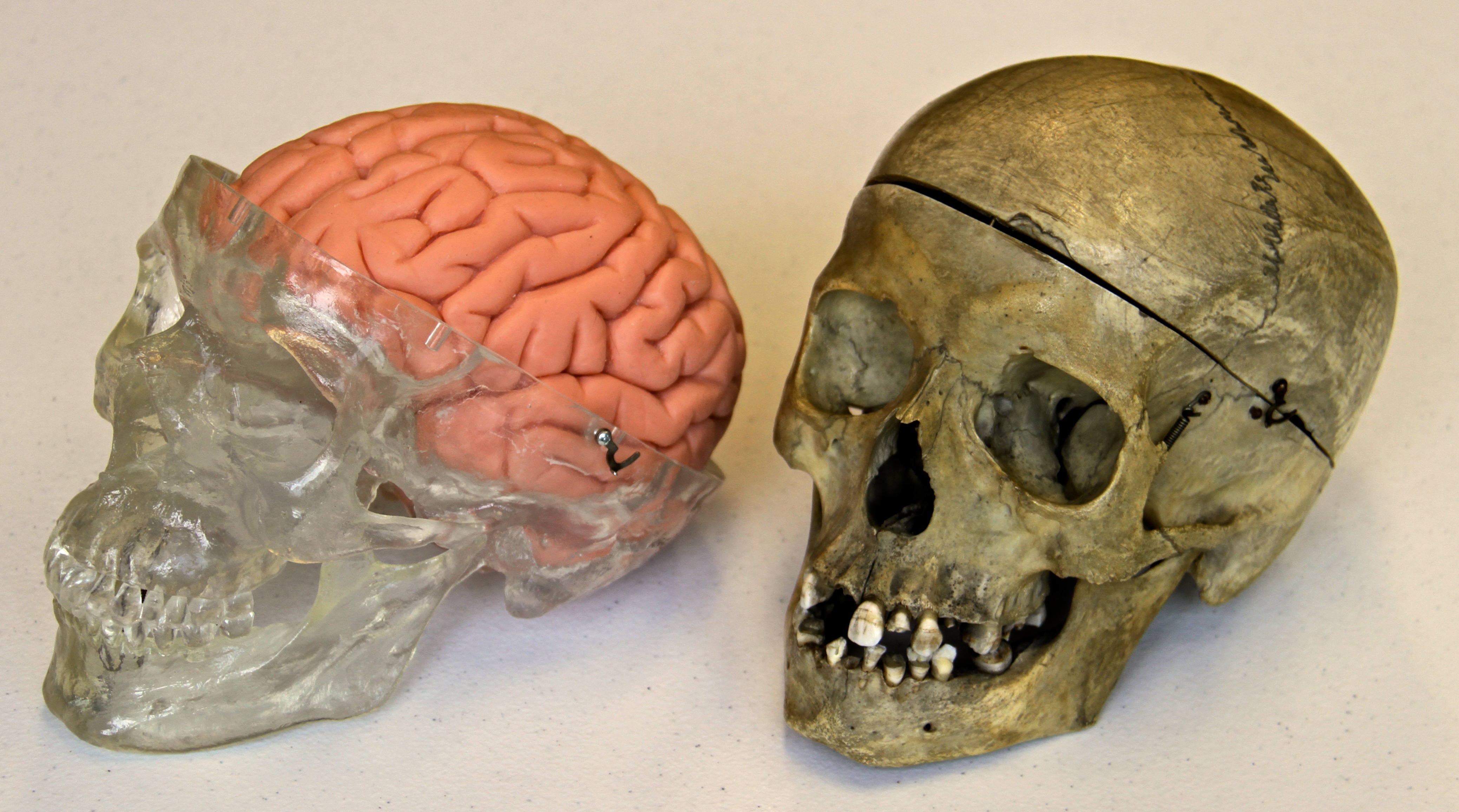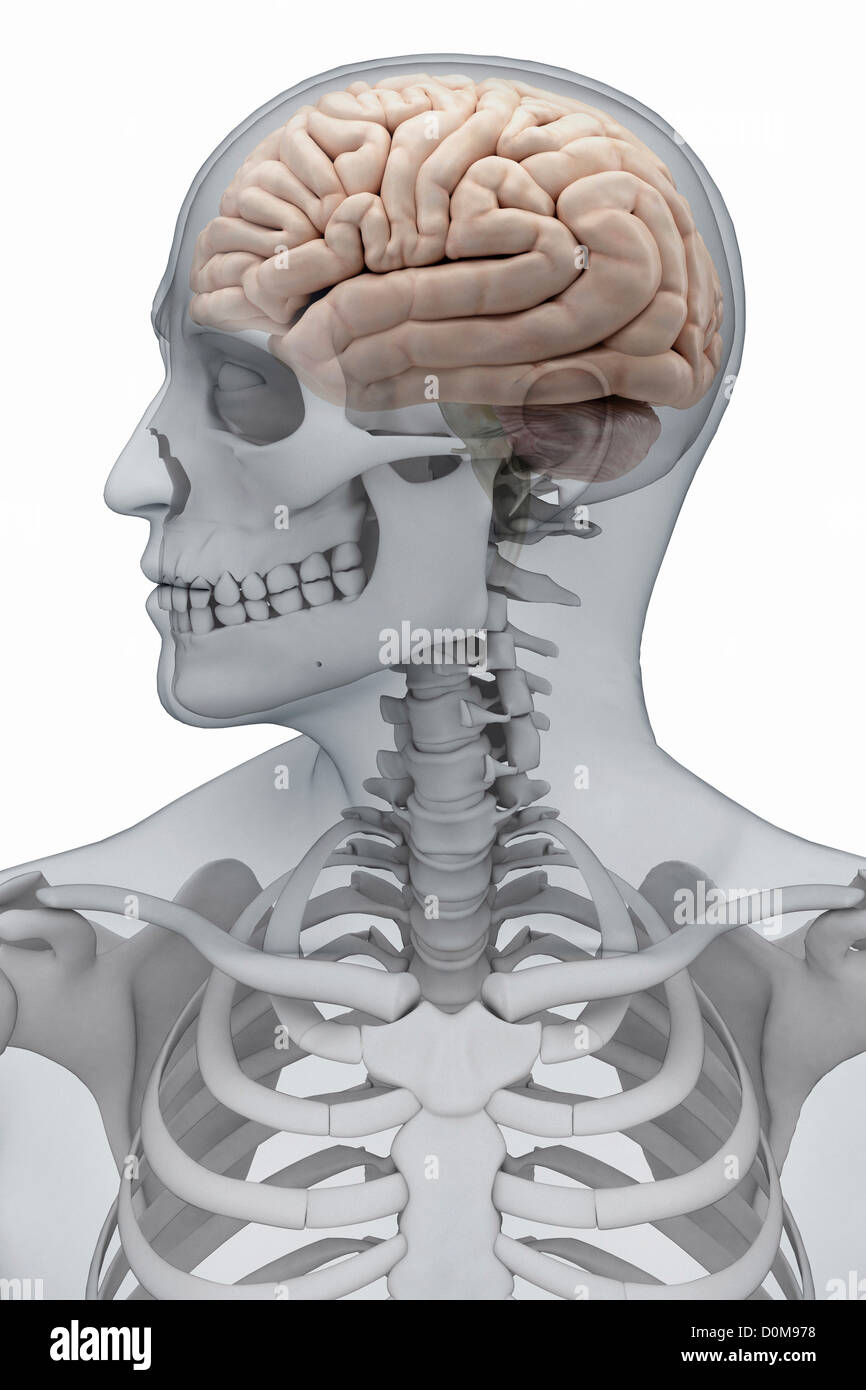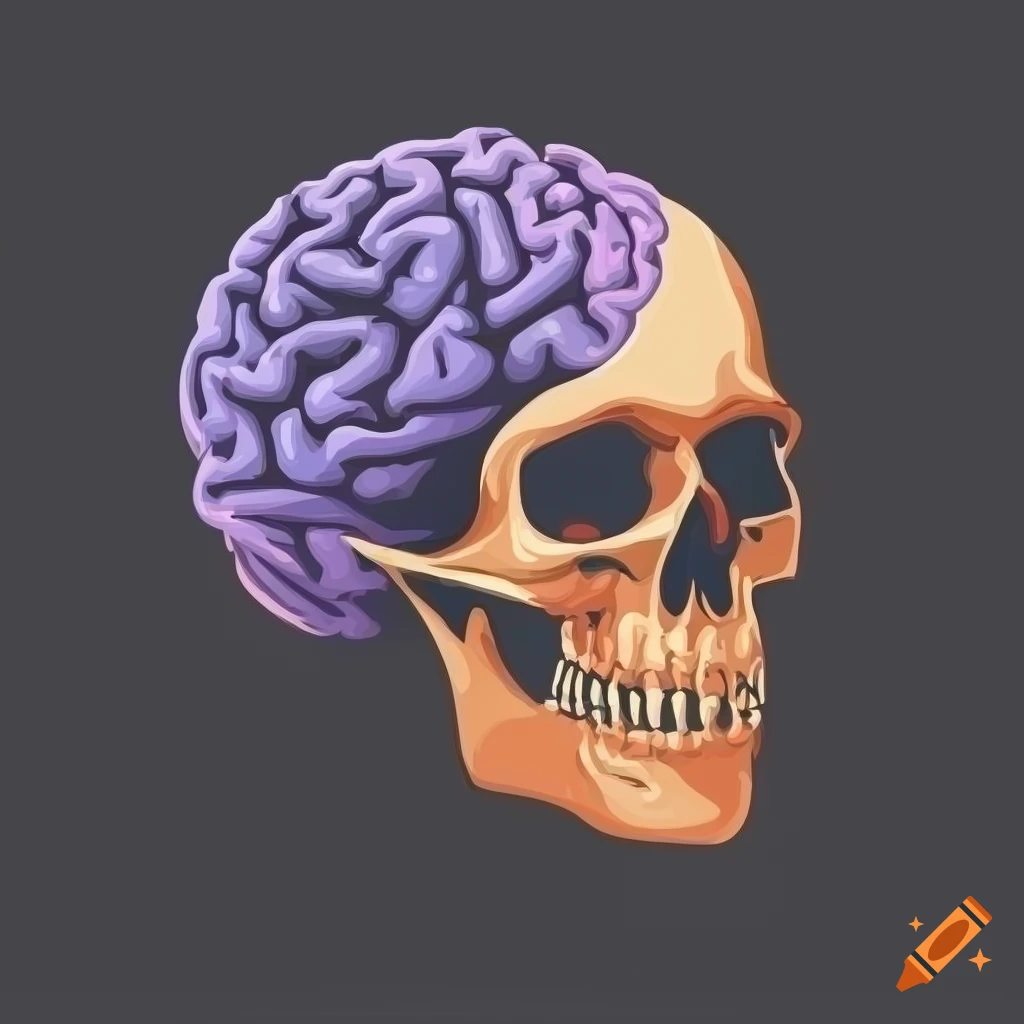Comparing canine brains using 3-D-endocast modelling
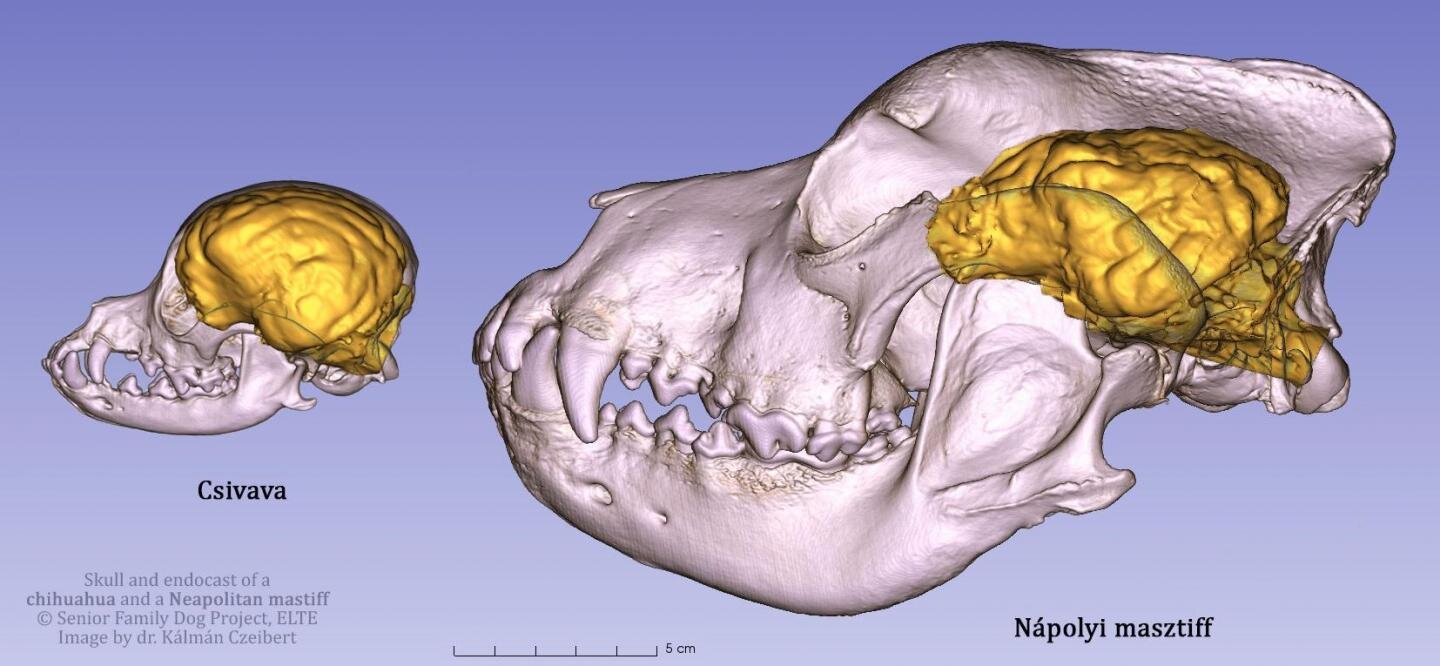
Based on digital endocranial cast models, the canine brain does not increase proportionally with body size. Researchers at ELTE Eötvös Loránd and Kaposvár University in Hungary reconstructed the surface morphology of 28 canine brains, including various dog breeds, wolves, coyotes, and jackals. The shortening of the facial skeleton greatly influences the ratio of certain brain regions, primarily the olfactory bulb and the frontal lobe. These changes may have profound implications for olfactory and problem-solving abilities.
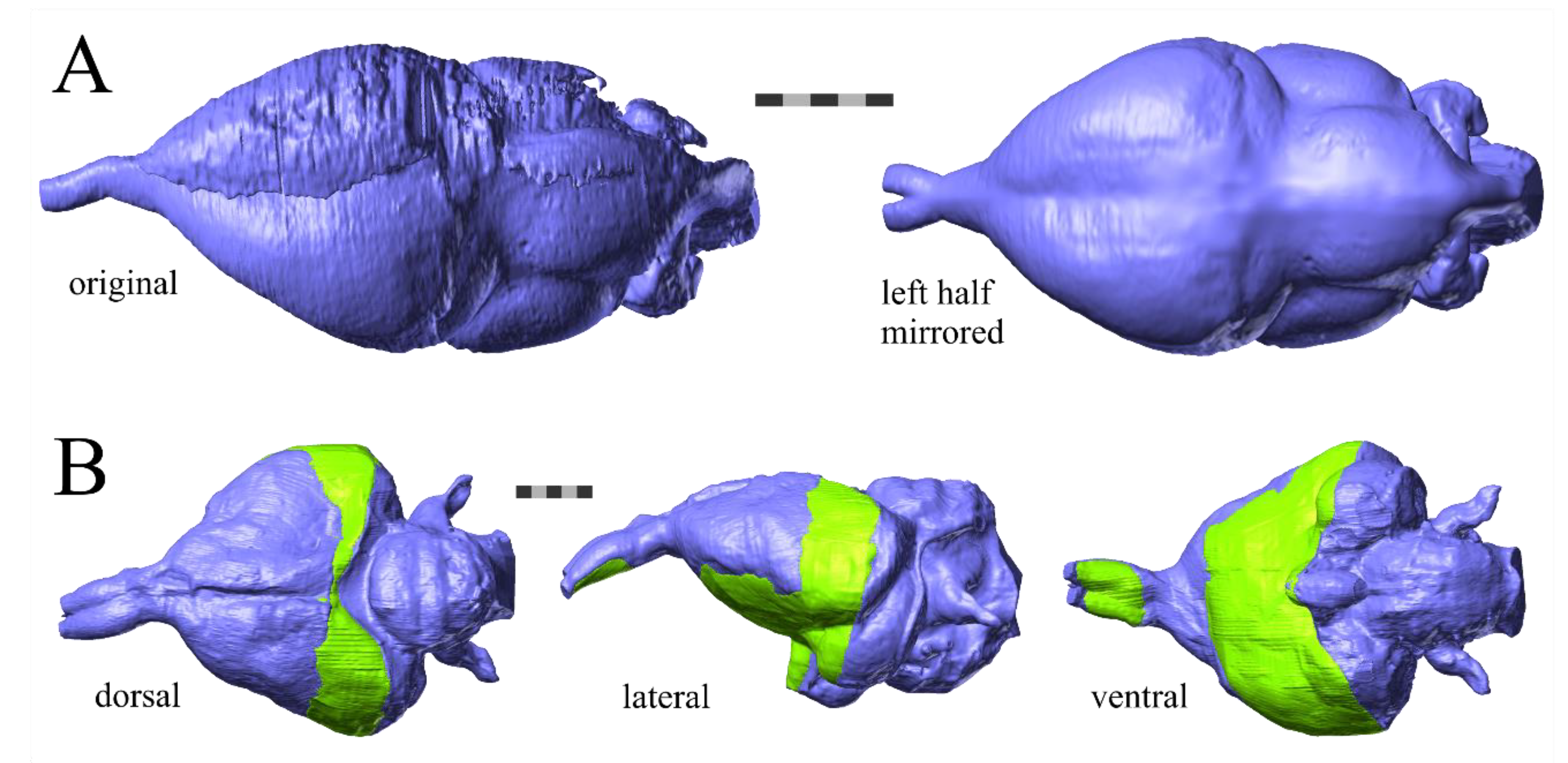
Diversity, Free Full-Text
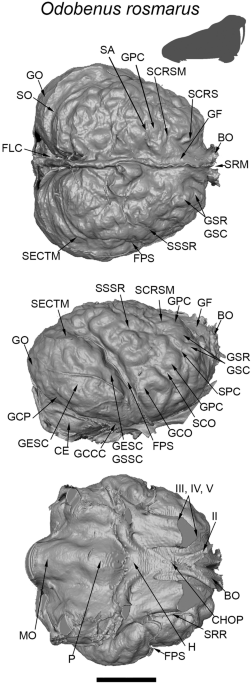
The brain of fur seals, seals, and walrus (Pinnipedia): A comparative anatomical and phylogenetic study of cranial endocasts of semiaquatic mammals
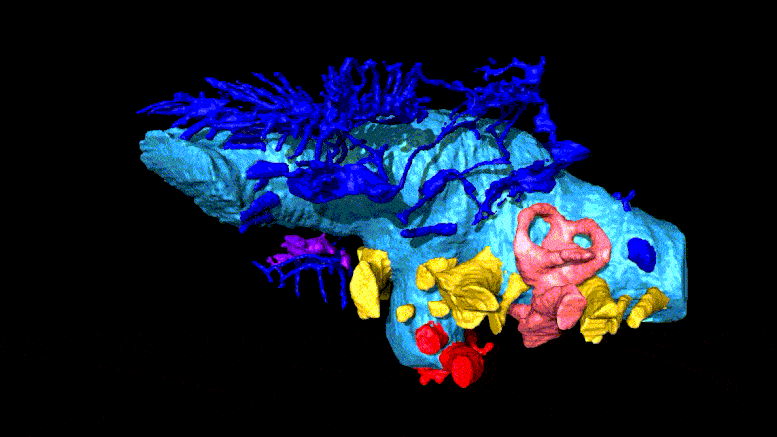
To Think Like a Dinosaur: Paleontologists Created the Most Detailed 3D-Model of Ankylosaur Brain

Before dinosaurs could fly, some had flight-ready brains
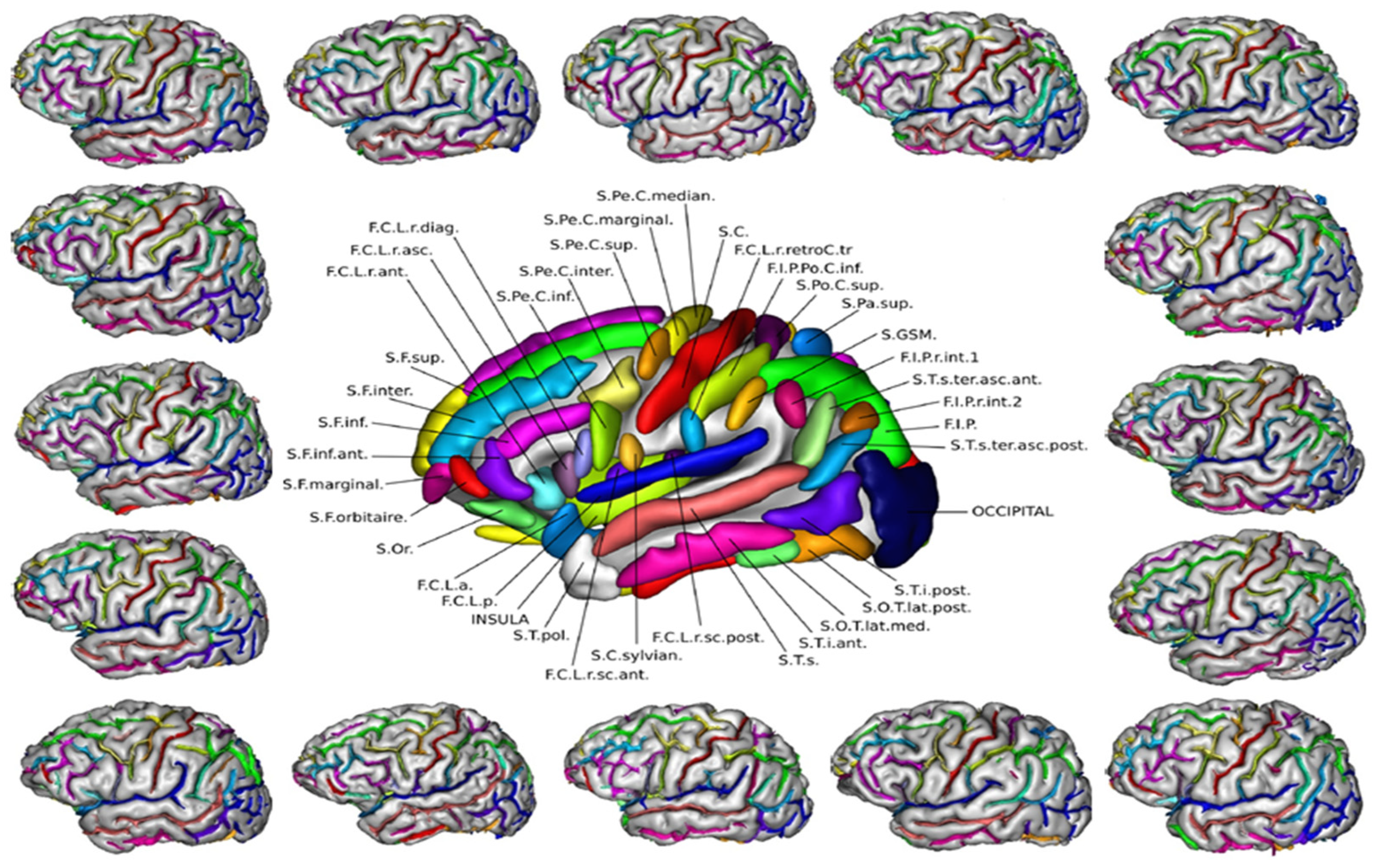
Symmetry, Free Full-Text

endocast Lawn Chair Anthropology

A: 3D models of the skull (grey) and of the virtual endocast (yellow)

The Endocranial Cavities of Sloths (Xenarthra, Folivora): Insights from the Brain Endocast, Bony Labyrinth, and Cranial Sinuses

Endocasts from dogs with the three main head types. (A) The






